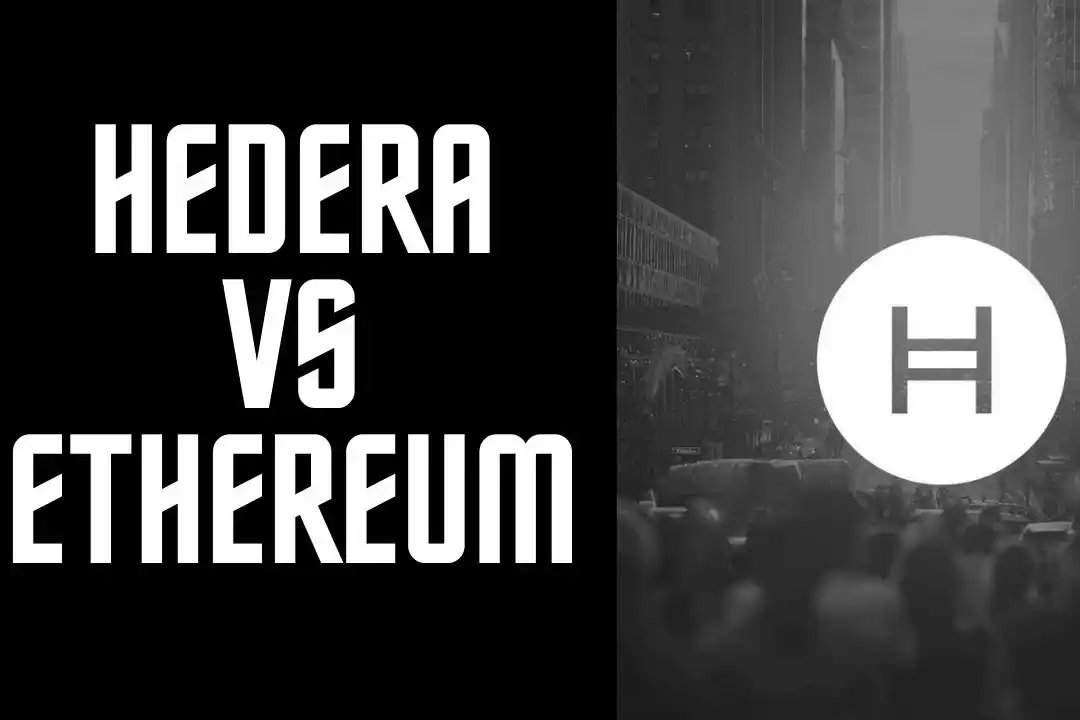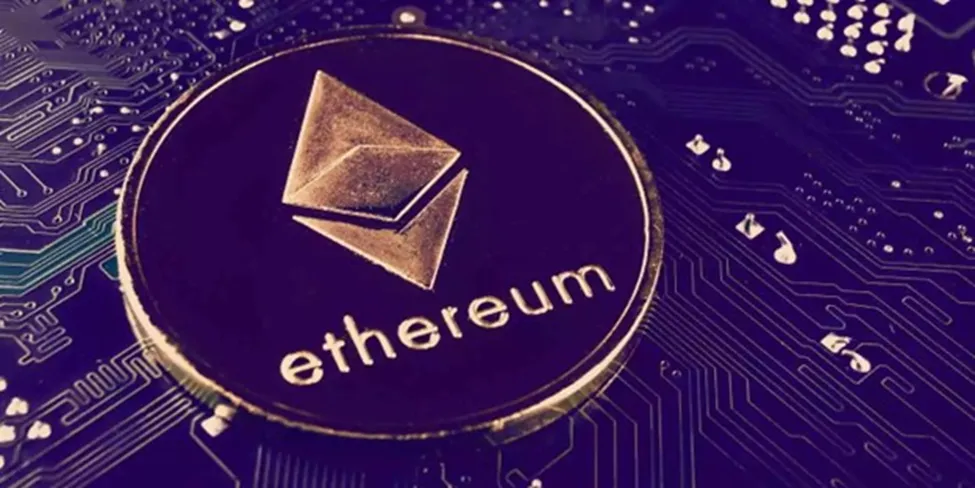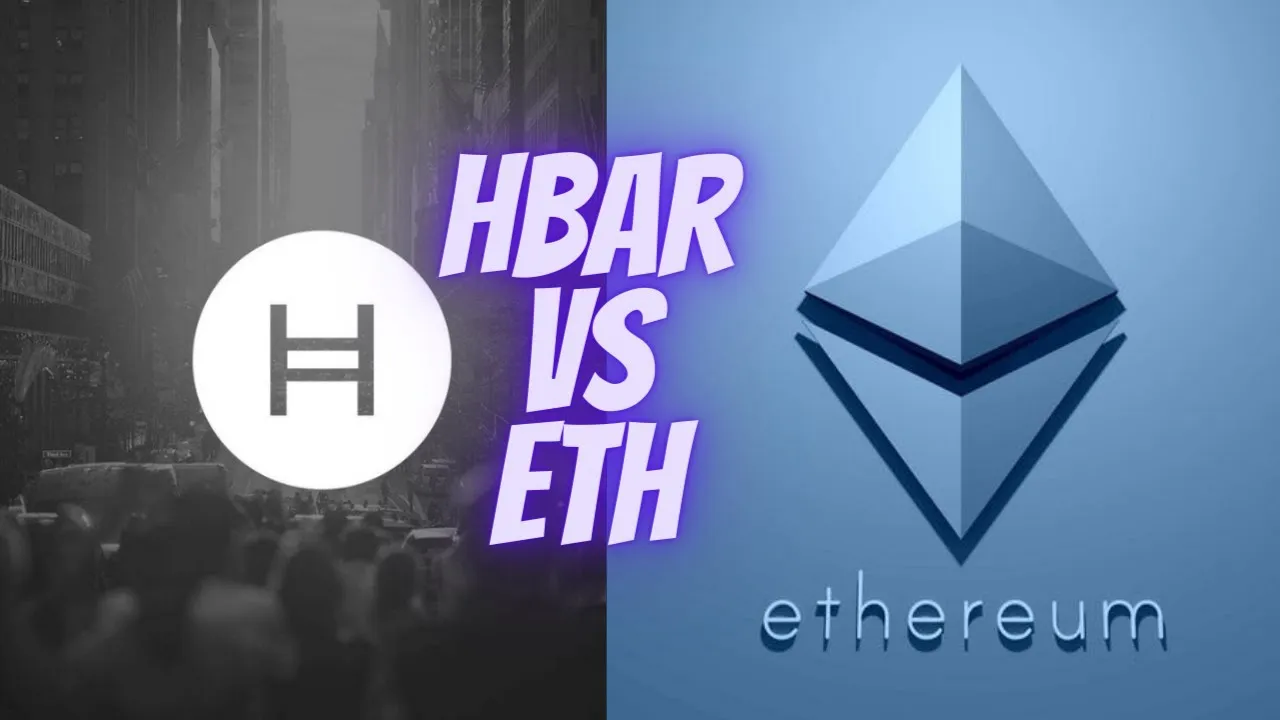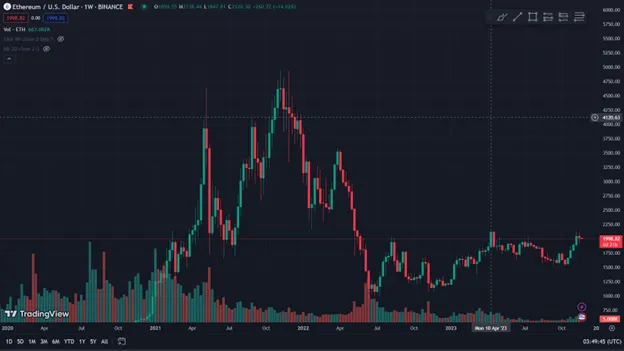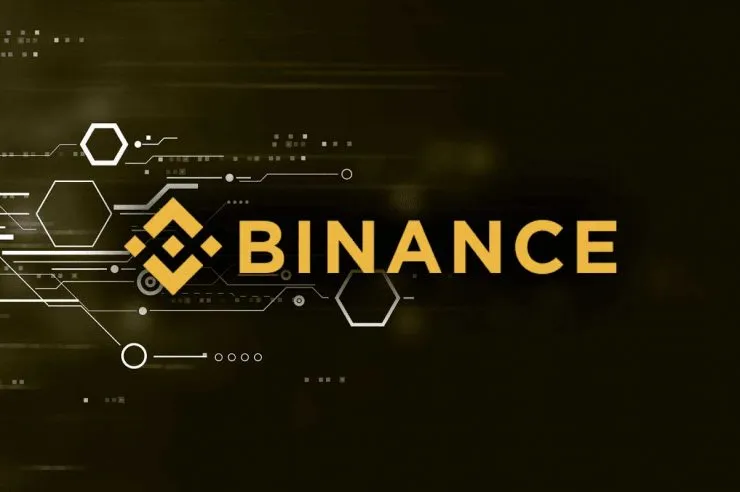Introduction to Ethereum
In 2015, Ethereum officially launched as an advanced cryptocurrency development platform. Unlike using a simple digital ledger, Ethereum introduced the concept of smart contracts, paving the way for building the world’s largest cryptocurrency ecosystem to date. Its ability to create applications on this platform attracted the attention of developers worldwide.
https://ethereum.org/en/
Developers utilized Ethereum’s technology to create new cryptocurrencies and develop decentralized applications (dApps). Over time, more complex products emerged, making the Ethereum network diverse and vibrant. This helped Ethereum establish itself as the world’s largest altcoin and the second-largest cryptocurrency.
However, both Ethereum and Bitcoin faced transaction speed issues. While Bitcoin had 7 transactions per second (TPS) and Ethereum had 15 TPS, both struggled with the increasing number of users. In the early days, with only a few users, everything ran smoothly. But with thousands, even hundreds of thousands of users today, Ethereum is no longer able to cope.
Introduction to Hedera Hashgraph (HBAR)
Hedera Hashgraph was established through an Initial Coin Offering (ICO) in mid-2018. It emerged as a sustainable enterprise-grade public network, aiming to promote decentralized economies, enabling individuals and businesses to develop powerful decentralized applications.
https://hedera.com/
Recognizing the shortcomings of Ethereum and Bitcoin, the Hedera development team designed their system for higher performance, overcoming the limitations of previous platforms, including instability and low speed.
Initially, in September 2019, Hedera opened access to its main network just one year after the ICO. Hedera’s primary token, HBAR, plays a crucial role in providing energy for the network and its services, including smart contracts, file storage, regular transactions, and more. HBAR is also used to secure the network through staking.
Hedera and Ethereum
How to compare the two chains, Ethereum and Hedera Hashgraph? While Hedera Hashgraph may seem similar to Ethereum in providing an environment for creating and using decentralized applications, there are significant technical differences that create long-term distinctions.
The first significant difference is that Hedera Hashgraph operates based on the hashgraph consensus algorithm. It serves as a public distributed ledger, with a governing body established to support existing and new dApps on a large scale.
Another important difference between the two projects is the hashgraph consensus algorithm. Hashgraph fundamentally changes the concept of pruning in blockchain. Instead, it weaves branches of blocks into the DLT field, controlling and arranging these branches into the ledger’s body to ensure everything on the blockchain occurs in perfect order.
This is a significant advancement from Ethereum’s Proof of Work (PoW) algorithm, where a single miner is selected to choose the next block. Hedera has entirely changed this approach with the hashgraph algorithm, as the project believes that the community of nodes needs to agree on which transactions are accepted.
Related: What Is Ethereum (ETH)? An Overview of the ETH Project
Token HBAR and ETH
HBAR Token
HBAR is the native token of the Hedera Hashgraph network with certain functions such as:
Transaction Fee (Network Fuel): HBAR is used by developers to pay for Hedera Hashgraph network services.
Network security: Hedera Hashgraph uses HBAR to stake or delegate to a Node on the network to protect the network from network attacks through a PoS, coin-weighted consensus mechanism.
ETH Token
ETH has the following main functions:
-
Mining & Staking Reward: Previously, Ethereum used Proof-of-Work, so ETH was used to reward miners. With the launch of ETH 2.0 (The Merge), Ethereum has moved to Proof-of-Stake, ETH will be rewarded to Validator Nodes.
-
Fee: ETH is the project’s native coin, so it is also used to pay all transaction costs for interacting with the Ethereum network.
-
Staking: With the gradual transition to Proof-of-Stake, ETH is gaining an important feature: staking.
-
Burn: After proposal EIP-1559, an amount of ETH in transaction fees will be burned to reduce inflation.
Chart HBAR and ETH
HBAR
Currently, the price of HBAR at the time of writing (November 20, 2023) is fluctuating at $0.065 and is tending to recover. Divided 8 times since the last peak.
ETH
Meanwhile, ETH at the time of writing (November 20, 2023) is fluctuating at $2000 and tends to increase when the market recovers. With many large funds recommending ETFs and updating Cancun early next year, a price increase by the end of the year is feasible.
How to Buy Hedera (HBAR) and Ethereum (ETH)
Currently, both Hedera (HBAR) and Ethereum (ETH) are available for purchase on the following exchanges:
1. Uphold – This is one of the leading exchanges serving residents of the United States and the United Kingdom, providing a variety of cryptocurrencies. However, users from Germany and the Netherlands are not allowed to use Uphold.
2. Binance – As one of the top exchanges globally, Binance offers a diverse platform for cryptocurrency trading. With a global presence, Binance is an ideal destination.
3. Kraken – Established in 2011, Kraken is one of the most reliable exchanges in the industry, with over 9,000,000 users and a quarterly trading volume exceeding 207 billion USD.
Kraken provides access to over 190 countries, including Australia, Canada, and Europe. It is one of the top exchanges serving residents of the United States (excluding the states of New York and Washington).
Conclusion
Ethereum holds the second significant position in the history of cryptocurrencies, right after Bitcoin. Bitcoin pioneered the cryptocurrency industry, but Ethereum and projects developed on its platform played a crucial role in shaping the world of cryptocurrency and blockchain, with various trends and diverse products.
Without Ethereum, we would only have a series of Bitcoin clones with no diversity – no DeFi, no metaverse, no NFTs, not even decentralized applications. However, despite Ethereum’s efforts to address these weaknesses, there are still concerns about the level of success it can achieve.
Hedera and other chains with greater scalability have completely resolved these issues, and we understand that they have flexible scalability. In other words, while we have much to be thankful for with Ethereum, its role in the future of cryptocurrency is still not clearly defined.

